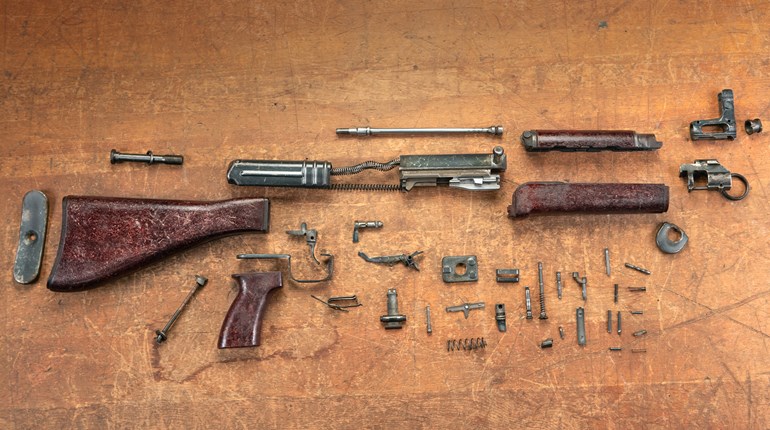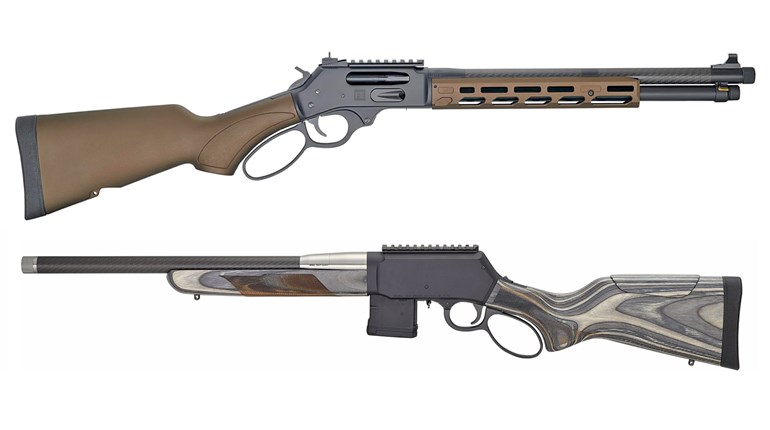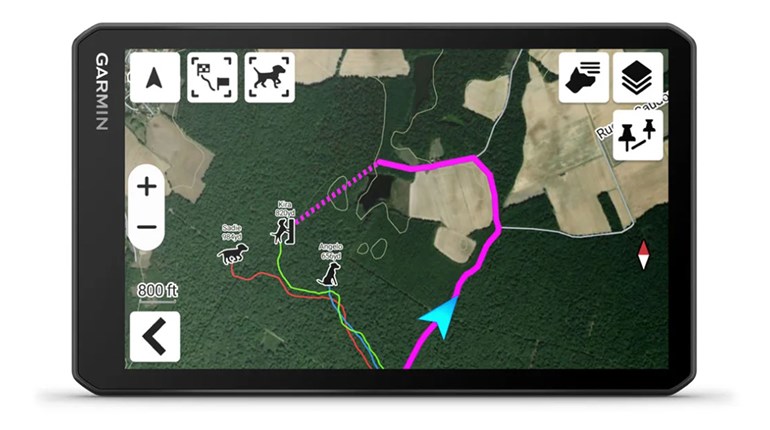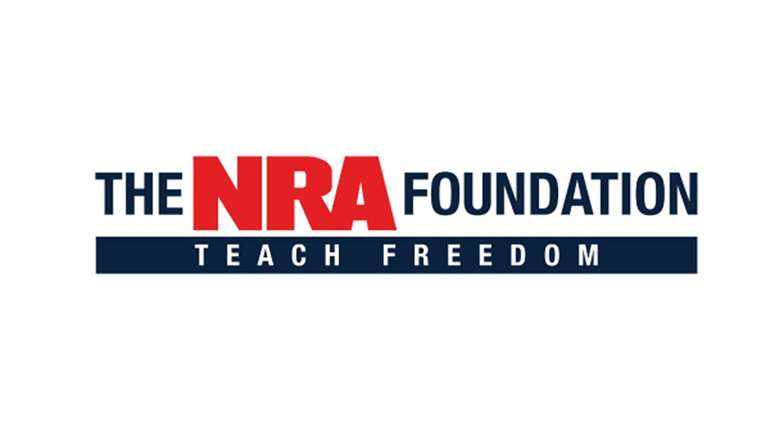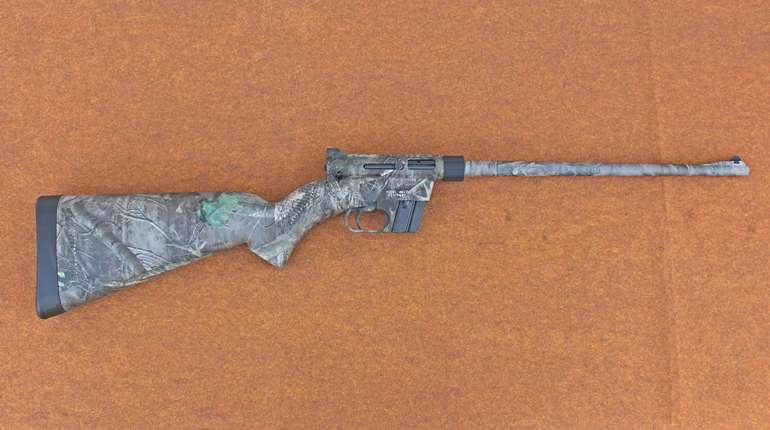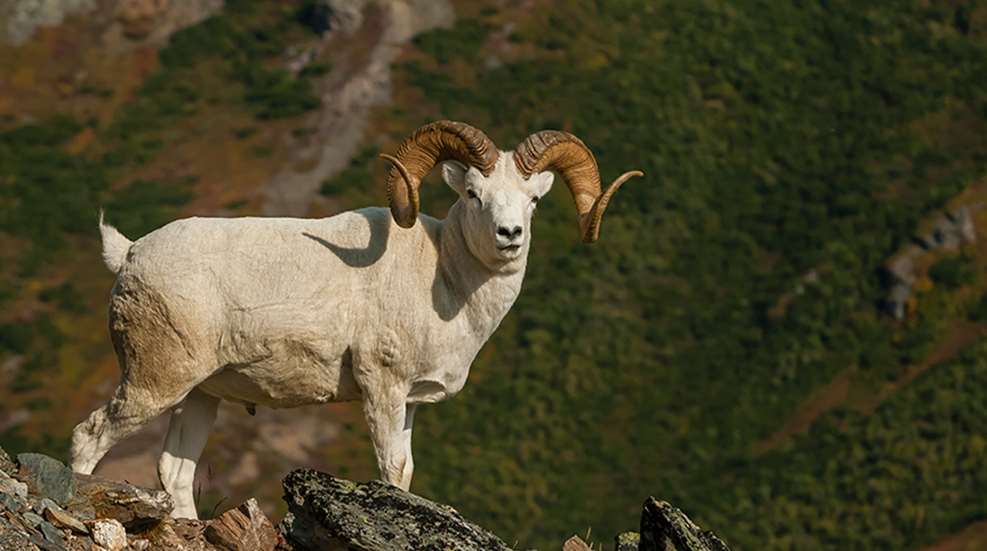
At Mountain Monarch’s base camp far below the so-called Ram Hole, Chuck Wahr and I were assigned spacious dome tents furnished with comfortable cots, just yards away from a clear, running river loaded with grayling, grizzlies and moose sign. It was a fine summer day in Alaska’s Brooks Range, but the sweet setup would be fleeting. Few amenities awaited us up top where we hoped to find the white rams.
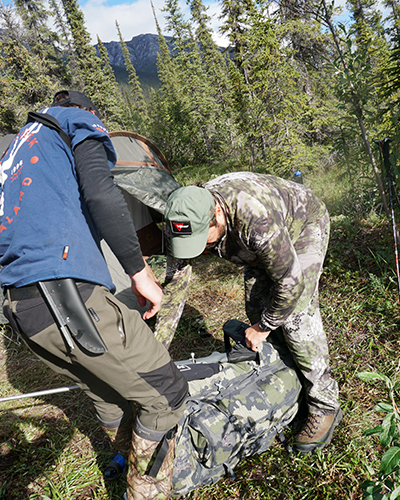
Soon we set about organizing our gear, part of which involved helping ourselves to the food outfitter Dave Leonard had ferried out from Bettles in his brown Piper Cub. Since individual rations had to go into each man’s pack and then be carried every step to distant spike camps, the trick was to take enough to fuel six or seven days of strenuous exertion, but not an ounce more than necessary. I snagged sticks of hard salami, cheese, navy biscuits, a gallon of trail mix, chocolate and granola bars, oatmeal and a sheaf of Mountain House dinners. Hopefully the trail would yield up some edible berries, too. Would it be enough?
But the real question facing backpack sheep hunters is how little will make do? I was anxious to try my pack, having borrowed a sleek, internal-frame job to replace my old external-frame Cabela’s. And so in went my week’s food along with spare clothing, raingear, sleeping bag and roll, a mini-reader with three books on its hard drive, toiletries and first-aid, knives, flashlights, duct tape, para-cord, spare batteries and camp shoes. My Kimber 8400 plus a box of Federal Premium .300 WSMs were tucked into side pockets where I could get to them relatively fast. I filled my squeeze bottle with filtered river water and clipped it to dangle from a D-ring.
Knowing it would be grunt-worthy, I staged the pack on a rock, then sat in front to shrug into the shoulder straps. I "turtled" over onto hands and knees, then stood up—AARrggh! Oh yeah, I was up, but weaving like grass in the wind. Waist and chest straps cinched, I lurched down to the river and back, then looked up top. Yikes! Did I need all this? Could I carry it?
■ ■ ■
Fortunately, I could, largely because of what else I brought. Over the course of seven sheep and goat hunts I’ve learned what’s essential and what works, particularly that much of what you can’t do without doesn’t go in your pack or weigh you down physically. And so in order of importance here are my recommendations.
HEART
Not the cardio kind (that will come later), heart is a term we so often use to express positive mental and emotional traits. English is full of heart-based idioms:
• Take heart, have heart—courage, overcoming adversity, strength of will, determination. You need these in spades to cope with the psycho-physical grind.
• Follow your heart—introspection, self-realization, intuition. Every day, you’ll need to win an internal debate.
• From the bottom of your heart, heartfelt—capacity for deep feeling, sense of humor, appreciating challenge. If you can’t truly enjoy the process, the place and the fellowship, what’s the point?
■ ■ ■
Climbing up to the Ram Hole wasn’t a killer. Though plenty steep, it’s not the highest mountain in sheep country. Tough, but not treacherous. We were on pace to reach the spot by 5 or 6 o’clock where chief guide Jordan Wallace wanted to camp, then would settle in for a good rest. But wait...
Over a finger ridge, sheer cliffs blocked our trail, and there was no going around them, either up or down. The only recourse was to backtrack, a detour that took us back in time. Now we would have to traverse the other side of the mountain, and I could swear my pack was getting heavier.
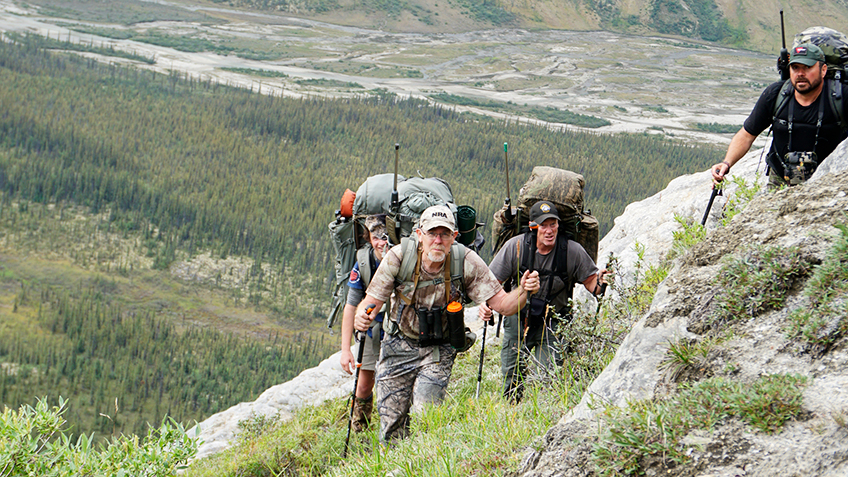
Sidehilling led us to a giant scree field, where the powdery black grit gave way with nearly every step and was vertical enough for treachery. It took an hour to cross that half-mile and according to Jordan’s map, more hours loomed ahead.
At dusk, more than 12 hours after leaving our lovely base camp, under full packs all the way, we climbed into a saddle between two towering knobs: camp. It took all kinds of heart to spike out that day, but once there, with vistas overlooking endless sheep habitat, our hearts beat faster for a different reason.
■ ■ ■
A TAG
Basic economics impact the sheep scene more than any other kind of hunting. With demand far exceeding availability, the odds of drawing a permit are minuscule and the costs of booking where the tag is included are sky-high and climbing. Residents of the 16 U.S. states with open seasons certainly have a leg up, but except for Alaska, their chances remain slim, and some of those states offer 10 or fewer resident permits, and one or two, if any, for nonresidents. If you can snag a permit in a state that sanctions DIY sheep hunting, you can save a bundle, if at the risk of being penny-wise and pound-foolish. However, that rules out Alaska and Wyoming, as well as all of Canada and Mexico, where guides are required.
CONNECTIONS
Unless you’re awfully self-reliant and/or live in sheep country you will need to hire an outfitter. Many good ones exist, fortunately, because few of us could make do without the expertise and infrastructure that took them years to acquire.
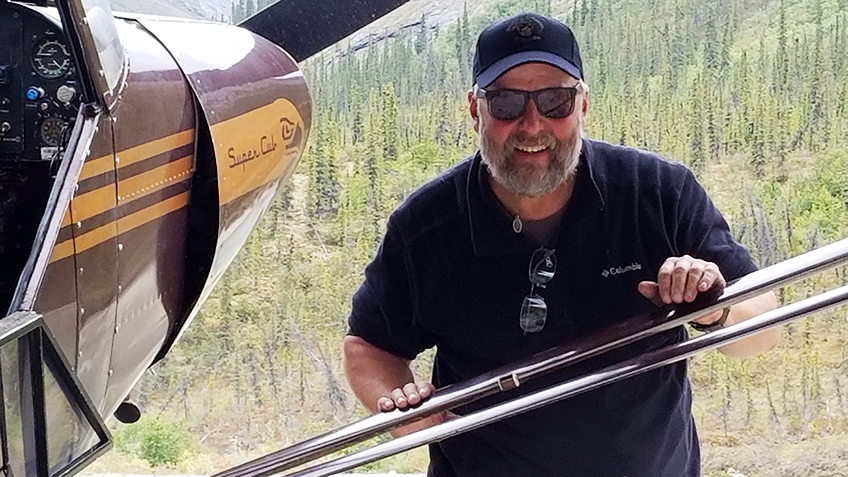
Thanks to savvy friends, I landed with two of the best, Dave Leonard in Alaska and Reg Collingwood from British Columbia. It’s no coincidence both men are seasoned pros with 30 to 40 years in the business, which shows in how they check all the boxes in terms of location, equipment, organization and, most important, superb guides and other staff. Like skilled managers in any field, they know how to push the right buttons to make clients successful. Yeah, it’s difficult, but expect no pity. Hunters get pushed hard—there’s no other way—but not to the breaking point. They put clients in position to dig deep, to exceed expectations, and you’ll be surprised at how hard you can grind.
These two outfits contrast the fundamental choice one must make when booking for sheep. Mostly there are two options: backpack hunting, like I did with Mountain Monarchs; and horse hunting, the forte of Collingwood Brothers. For most, it’s a difficult call. For sure the horse does much of the work, thus allowing the hunting party to cover way more country. But in my opinion, long hours in the saddle rival the punishment of humping camp on your back. With the exception of certain desert bighorn hunts that involve driving part of the way, there’s no easy alternative. Which is exactly why this sport is held in such high esteem. Suffice it to say, I’m glad I have done both.
PREPARATION
The PT required to prepare for effective sheep hunting extends the experience over several months (perhaps longer) so that the actual hunt is merely a 10-day culmination of a larger lifestyle shift.
For most of us, getting in better shape will be necessary, and thankfully the hunt provides powerful motivation. If not before, this is the point where would-be hunters must honestly self-appraise to determine what it’s going to take. In some cases, though, it’s time to ask if it’s even possible.
The good news is that: a) practically everyone can improve his/her physical condition; and b) you don’t have to be some kind of elite athlete to do this. In fact I’m convinced anyone fit enough to hike over rough ground for a few hours at a time and who, more importantly, is genuinely determined, can succeed.
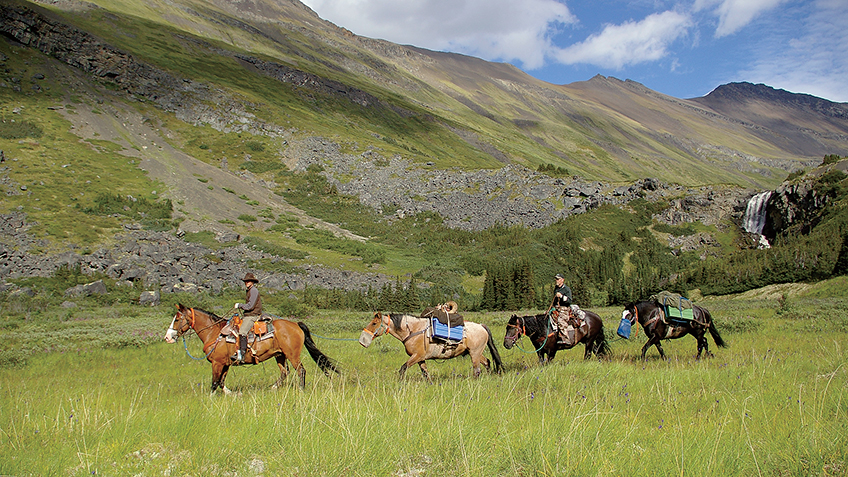
There are better sources for exercise advice, so I'll just add that along with cardiovascular, upper body, leg and core workouts, don’t forget your feet. They should be hardened at least as much as the rest of your anatomy, if not more. What works best is actual hiking in your hunting boots, and the rougher the trail the better. Push hard and it’ll harden the rest of you, too. There’s no better simulation of the arduous slog of a sheep hunt.
Regardless what kind of workout you choose, any is better than none and today beats delaying until tomorrow. To paraphrase the sneaker ad, “ ... do it.” Whatever else happens, your improved health and fitness makes this part all worthwhile.
You also need to get out and shoot your rig in the run-up to the hunt. It's not an everyday prerequisite like working out, but you should do enough that your sight picture and trigger-squeeze skills sync-up like muscle memory. The longer your practice targets, the farther you are prepared to shoot on game. Effective range for me is how far I’ve been able to practice on paper or steel, though other hunters who really know their holdovers or click values may be able to reach out farther.
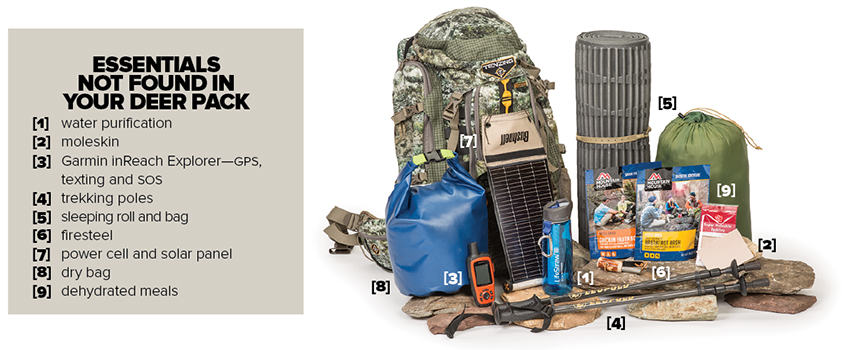
GEAR
Equipment can’t make your sheep hunt but can break it. Despite specialization and upscale pricing, there are many options. You can find functionally similar boots, clothing and camp stuff aimed at mountaineers and hikers, though often from different companies than those targeting hunters, and so we’ll focus on our own. Here are the priorities.
• Boots are the single most critical item. Blisters or sore feet can cripple a hunter and rob the joy from an extraordinary experience. Among several notable brands, I mostly hear about two, Kenetrek and Cabela’s Meindl, which happened to account for four of the five pairs present on our Alaska jaunt. The results were satisfactory, though nonetheless, guys wearing both brands suffered blisters.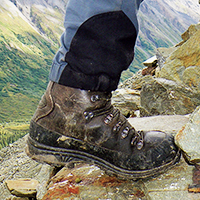
I have personal experience with both as well. I wore Kenetrek Mountain Extremes for many hunts over a decade and loved them. But instead of a rebuild after wearing down the soles, I decided to try out the Cabela’s Meindl Perfekts I had received as gift and now I love them, too.
By contrast I had a bad experience with a pair from Lowa, a European maker highly regarded in mountaineering. Halfway through a taxing Colorado hunt my feet were hamburger. However, let's not disparage Lowa—their boots surely are among the world’s finest. Rather I'm emphasizing the need to choose the right model. Mine were mid-weight hikers and just too casual for the 2,500-vertical-foot, rock-kicking descents back to camp. Trying to scrimp on weight and expense, I made a big mistake.
While extreme mountaineering boots are stiffer than hunters need, in my opinion, make sure yours are sturdy enough to protect your feet, and don’t go cheap. The brands I’ve mentioned, plus Schnee’s and Crispi, are all contenders. And as noted, hardening your feet beforehand ensures both boots and feet are ready.
• Packs improved greatly when designers made them to fit users almost like an article of clothing. Most notably, extended-use models became taller and skinnier, and their frames almost invariably are internal. The tight fit means far more stability when you are hiking precarious terrain, lessening tendencies for the weight to pull the user off-balance. Removable compartments now make it easy to expand or shrink cargo capacity, and many big freighters possess compressible designs that transform them to daypack size. The ability to securely carry your rifle, but in a way you can readily get to it, is essential. This market space is booming, and top picks for hunters come from Sitka, Tenzing, Eberlestock, Stone Glacier, Kuiu and Mystery Ranch. For a week-long spike-out you need at least 4,500 cubic inches, with weight topping out at 6 pounds or less.
• Rifle/ammo should be an easy decision given that wild sheep are certainly no tougher to kill than a mature whitetail or muley buck. Should you use your deer rifle? Absolutely … maybe … hmmm?
The first factor is weight. If your rig exceeds 8 pounds, you might want to reconsider. Sure, plenty of guys have toted the prototypical walnut-stocked, 24-inch-barreled long- or magnum-action. But we’re now blessed with numerous capable lightweights, and having carried both, a 6½-pounder is preferable. Every notable bolt-gun manufacturer makes such a model, and you can find candidates as light as 5 pounds.
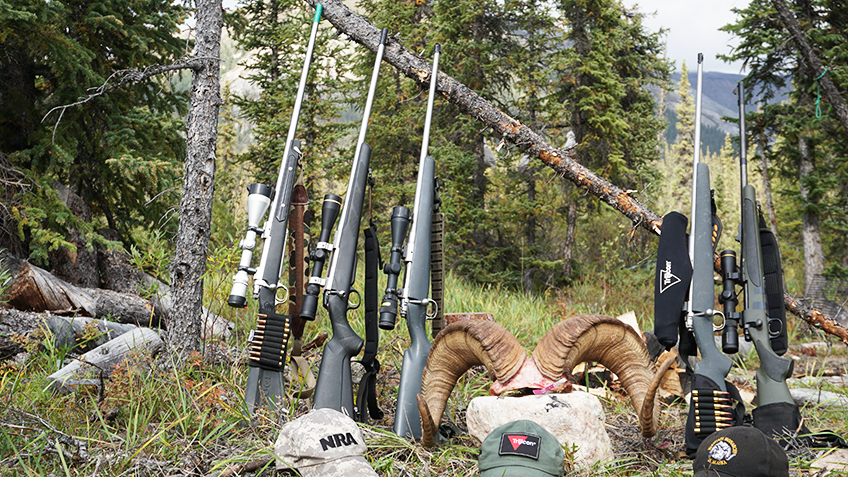
Caliber choice also falls in line with America’s deer rifles, though here, too, we might exclude certain ones. The .30-30 and straight-walled numbers pack the punch, but lack the flat trajectory you’ll probably wish for. I’d shy away from the 6mms, despite their reliability on deer in the right circumstances, because those circumstances may never present themselves. However, the 6.5mms, including the popular 6.5 Creedmoor, promise to be excellent regardless of circumstance. From there you can go as big as you like, keeping in mind real thumpers usually mean a heavier rifle.
My Kimber weighs just over 7 pounds scoped and slung; the Federal Premium .300 WSMs loaded 180-grain Trophy Copper slugs, which are quite stout for sheep. Partly it was because they grouped well from the rifle, and partly because I also had a grizzly tag. The presence of bears in many sheep locales might factor into your thinking too.
■ ■ ■
Jordan and I had been “with” the ram for hours, first from the crest of the rim, then in two descents seeking confirmation of our first impressions. The ewe and lamb grazing nearby had wandered off, but the full-curl seemed content to mill around and feed sporadically. It was so odd, almost comical, that after all the ridges we had scaled throughout the preceding week, the first mature ram we’d find would be holed up in a creekbottom. When he finally bedded, we made our move. Part of the time we were exposed and would stop and squat as he turned his head our direction. When he looked away, we moved closer, following a round-about path that brought us into thigh-high willows. From there it was easy to close within 200 yards. Is it anti-climactic when a hunt like this comes down to such a stalk, expertly plotted, but not so difficult? Well before I fired the shot, this ram was ours.
■ ■ ■
The big riflescopes all the rage nowadays are overkill in sheep country. Before considering magnification, reticle, etc., the operative spec is 15 ounces and I want mine to weigh less. Few 30mm-tube models are that slender.
Equally important, if harder to quantify, is the scope’s ability to hold zero. Sheep hunters’ gear takes abuse, especially given the likelihood of a fall or two. Luckily an optic doesn’t have to be built like a tank to be super-rugged. And if it meets those criteria, a crisp sight picture earns bonus points.
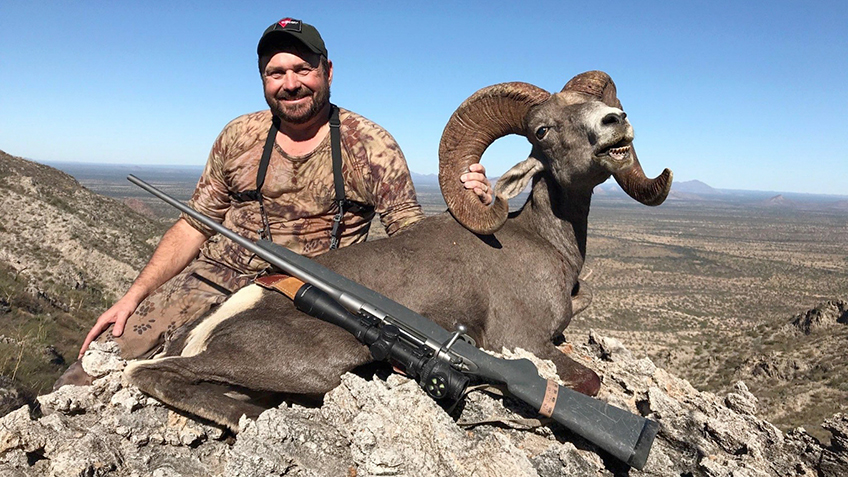
While there are many worthy scopes, most are simply too big, leaving two brands to satisfy my tastes: Leupold and Trijicon. Both still make 1-inch 3x9's that laugh at punishment without budging on point of impact. My Kimber sports a Trijicon AccuPoint 3x-9X-40mm weighing 13.4 ounces, and its tritium-powered lighted reticle makes for fast target acquisition without adding battery weight. That thing will be ready to go sheep hunting long after I’ve given up.
There's no need to bring a spotting scope to a guided hunt. The pro will carry his and let you look as much as you like. But if you are on your own, a lightweight unit (4 pounds max plus tripod) that zooms up to 60X and has super resolution is a must, since the ability to judge a ram’s horns from miles away will define your better days. The ones I like best, from Swarovski and Leica, happen to be the costliest—go figure. Guide Jordan Wallace used a Vortex on our hunt and definitely did a great job with it.
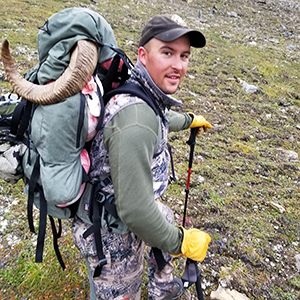
I also dote on European binoculars as much as the next optics snob, especially Swarovski ELs and Leica Noctivids (the kind I used). At about 30 ounces they provide better imaging per ounce than other brands, but if you were to factor in cost on, say, an imaging/ounces/dollars scale (I’m just winging it here), the choice may not be so clear-cut. Last fall I did intensive-glassing hunts with the mid-priced Leupold BX-5 Santiam and found it vied with the Euros at half the cost. Whatever you pick, keep it under 2 pounds to manage neck fatigue.
While today’s hunt clothing fixates more on fashion than function, the latest high-tech fabrics and select new features do make sense for sheep hunters. Before rattling off brand names I know from firsthand use—and there are many others I haven’t tried—here are bullet points worth knowing.
• Warmth for weight—Traditional winter-wear, like wool, Cordura, fleece and even goose down are needlessly heavy. Alternative synthetics and merino wool, at a fraction of the weight, can be equally warm. The best outer shell materials are durable and often wind-resistant, but still manage to be quiet. The linings and insulation paired with them hold in heat at the cost of minimal bulk. Trendy quilted (puffy) jackets have earned instant-classic status.
• Nonabsorbent—Beyond just breathable and wicking, primo baselayers simply won’t hold moisture. Because of the exertion, let alone frequent rains in the high country, that trait is a big plus. Despite your honest sweat, there’s no obligation of perpetual dampness.
• Flexibility—Some top garments offer stretchiness at the shoulders, knees and crotch. Others are fitted to allow greater freedom of movement in flex areas.
• Smooth fit—Lack of bunching over the shoulders and hips lessens the risk of abrasion from your pack straps.
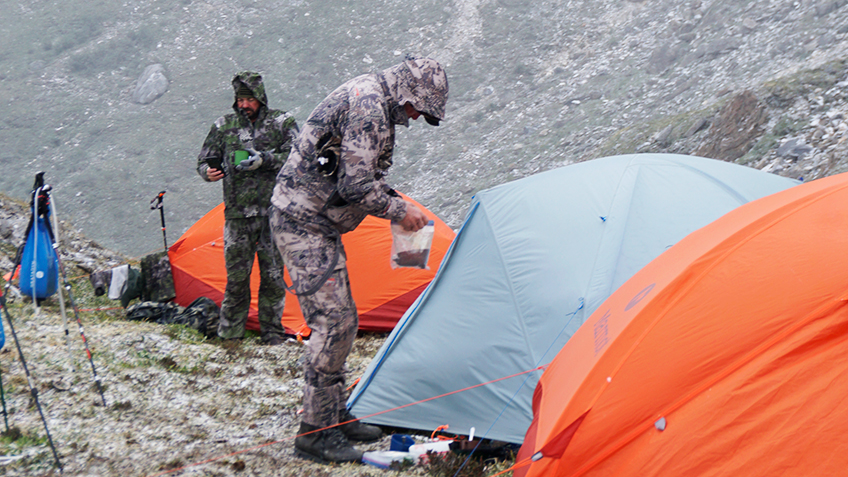
On last year’s hunt I wore a bunch of brands: Huntworth, Browning, Sitka, Kuiu, Cabela’s and Blackhawk, whose prices range from moderate to extravagant. Given the durability, these high-end togs are worth the money providing you can multi-task them for other hunts.
PERSPECTIVE
For me, enduring thoughts and emotions settle in only after the physical ordeal and the thrill of the chase have ended.
Somewhere between returning to base camp with the hide, horns and meat of a ram I wanted so badly, and when I board the bushplane that will transport me back to “normal,” a bittersweet uneasiness takes hold. The high I got from the stalk and shot that ended the months-long quest and physical trial is gone. The magnificence of the high country has begun to fade. The meat will soon be consumed and what remains, along with the trophy, are memories to be processed, treasured and eventually embellished. For a time, I feel joy and fulfillment and relief that it’s done, but also sudden emptiness, as with a dream that ended too soon.
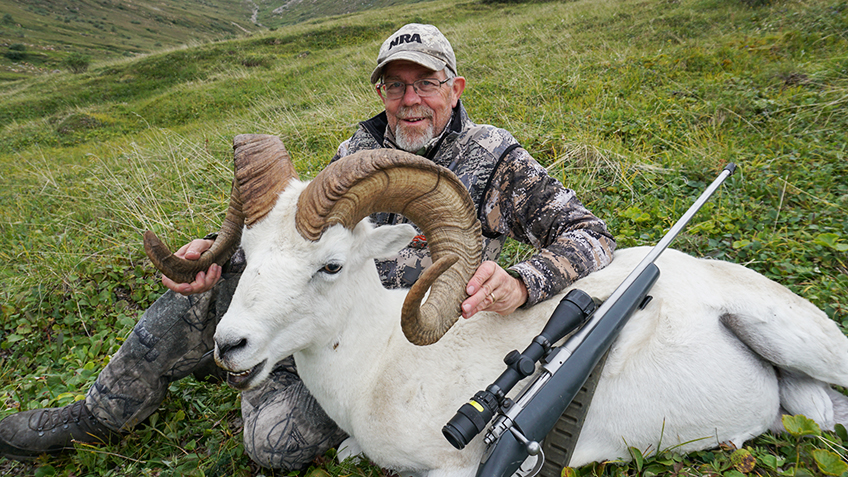
Back at base camp Dave and I posed for a photo with the ram horns, and the next day I sent it to our mutual friend Dwight, who had brought us together 12 years earlier. Dwight texted back, “Nice! Looks like you REALLY WORKED for it.”
Facial expressions caught on camera range from weirdly deceptive to truly revealing, yet in that shot I thought we looked pretty normal. But Dwight was onto something. Behind the elation, though I didn’t know it then, I had to be wondering, “What next?”
Role Model
Veteran sheep hunter Jim Craig says, “I got a passion for sheep after reading about them. At first I didn’t know much, but I read a lot of stories.”
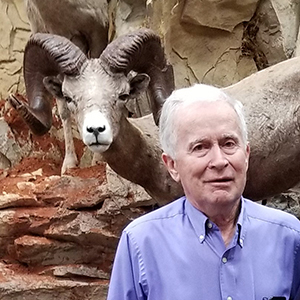 Of course Craig wasn't alone devouring hunting exploits from the likes of Charles Sheldon and Jack O’Connor. That's where the dream started for a lot of us, and after meeting the retired farmer/contractor/gunshop owner from Indiana this spring, I've decided he's my new mountain-hunting role model.
Of course Craig wasn't alone devouring hunting exploits from the likes of Charles Sheldon and Jack O’Connor. That's where the dream started for a lot of us, and after meeting the retired farmer/contractor/gunshop owner from Indiana this spring, I've decided he's my new mountain-hunting role model.
Following a pair of unsuccessful hunts in Montana and British Columbia in 1970-71, he went on to amazing exploits of his own. Since Craig prefers to downplay his accomplishments, let's just say that tallying up his rams and slams will involve all your fingers and toes and then some.
Says Craig, “Sheep hunting requires effort and dealing with pain, both physical and mental. But no matter how much punishment you go through, your body holds no grudges, and you feel great when you accomplish it.” In 1994 Craig was mauled by an Alberta grizzly, but returned the next year. In mid-2001 he suffered a major heart attack, but despite the cardiologist’s objections, went sheep hunting that fall.
“I never did this for attention—never recorded any of the rams—I just liked to hunt, liked the vastness of the country where sheep live. Many times I came home thinking I wouldn’t do that again—but soon knew I had to go back. It’s not easy, and that’s what makes it so much fun.” These days Craig likes to take kids hunting and to share treasured taxidermy and memorabilia in his personal hunting museum.












